Featured Photo Above:
Addie Joos Benefit Game, July 24, 1911
(Color Restoration by Chris Whitehouse of They Played in Color website)
Baseball History Comes Alive Now Ranked As a Top Five Website by Feedspot Among All Baseball History Websites and Blogs!
(Check out Feedspot's list of the Top 35 Baseball History websites and blogs)

Guest Submissions from Our Readers Always Welcome! Click for details
Subscribe to Baseball History Comes Alive for automatic updates (sign-up block found in right side-bar)
As a Free Bonus for subscribing, you’ll get instant access to my two Special Reports: Memorable World Series Moments and Gary’s Handy Dandy World Series Reference Guide!
The “Sign Man” and the1969 Mets Photo Gallery
Click on any image below to see photos in full size and to start Photo Gallery:
It’s no secret that here at Baseball History Comes Alive we spend most of our writing energy highlighting the game’s great players and events from days gone by. Every once-in-awhile, we like to “go off the beaten path” and we’re always happy to shine our baseball spotlight on the largely unheralded, overlooked personnel who have been in supporting roles in the game we all love (e.g. I have an essay coming up soon on Phil Coyne, who worked as an usher for the Pirates for 82 years).
Where would the game be without the ushers, the vendors, the groundkeepers, security guards, and even – as in today’s entertaining essay from Bill Schaefer – baseball’s eccentric fans? I think you’ll enjoy today’s feature article as Bill recalls for us Karl Ehrhardt, better remembered in the baseball world as the Mets’ famous “Sign Man!” -GL
ANOTHER EDITION OF:
“FROM THE LIGHTER SIDE!”
THE NEW YORK METS’ FAMOUS “SIGN MAN”
Karl Kurt Ehrhardt was born in Unterweissbach, Germany, on November 26, 1924, the son of Willie and Elsie Voight Ehrhardt. When he was six the family arrived in the United States, and Karl spent his boyhood growing up in the Ridgewood section of Brooklyn and attending Grover Cleveland High School.
As part of his Army tour during WWII, he spent three years in Europe and served as a translator in a prisoner-of-war camp holding German soldiers. He returned home to marry, raise a family and pursue a career as Art Director in the sales promotion department for American Home Foods. But the great adventure that made Karl Ehrhardt famous began at Shea Stadium in 1965.
When the Dodgers and Giants left town after the 1957 season, fans felt abandoned and bitter about their move to the West Coast. As a loyal Brooklyn rooter, there was a baseball void in his life until the New York Mets moved into the Polo Grounds at 155th St. in Harlem, in 1962. It was nice to have a National League team in the City again, but Karl didn’t start going to the games until Shea Stadium opened its doors the year of the New York World’s Fair, in 1964.
Karl would sit way up on top, in the far reaches of the upper deck. Henny Youngman, king of the one-liners, would’ve had a field day: “Ehrhardt was up so high he was getting spirit messages. He turned to a man seated next to him and asked ‘How do you like the game?’ The guy shot back, ‘What game? I’m flyin’ the mail to Pittsburgh!’“ You get the picture. But it was baseball and he was where he was supposed to be.
One summer day in 1965, Karl decided to make use of his creative talent. He constructed a huge 30 ft. sign and hung it from the mezzanine facade behind third base. With a white and black format, the sign was visible all over the ballpark. Referring to both the stodgy M. Donald Grant, the Mets’ Chairman of the Board, and the general state of the team at the time, the sign read, WELCOME TO GRANT’S TOMB. As Karl at the time recalled:
“Suddenly, during the National Anthem, six maintenance guys came running down the aisle, tore the sign down and ran back up the aisle. I just sat there like a dummy, not knowing how to react. I decided to go down to the press level. I was able to tell Steve Jacobson, a young reporter with Newsday at the time, what happened. He wrote about it in his column the next day, bemoaning ‘Censorship at Shea.’ I found out it was actually a security man named Matt Burns who ordered the sign taken down.”
A few days later, Karl went back with another sign, which read, WE SCRIBBLE, WHILE MATT BURNS. More ink in the local papers and…The Sign Man was born!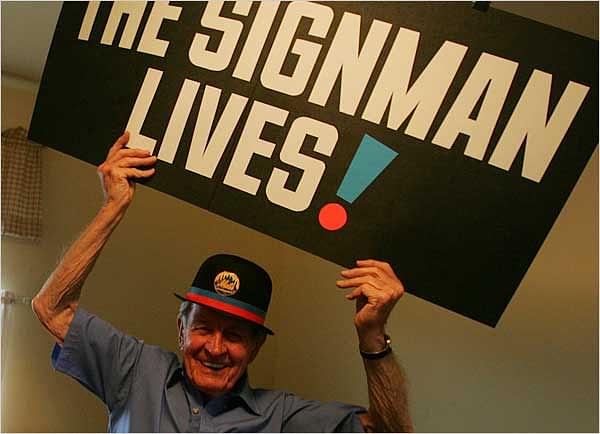
The next year, 1966, Karl’s typographer (an expert in the appearance of printed matter) for American Home Foods, got two season box tickets, section 72E about 20 feet up, directly behind the visiting teams’ dugout. The tickets were for Tuesday and Friday night games during every Mets homestand. For the next 14 years, 1966-1979, Karl occupied one of those seats entertaining the fans with his signs. The final year and a half of the Sign Man’s run, 1980 through the strike-shortened 1981 season, were courtesy of the Mets’ Fred Wilpon. He provided Karl with his own special box seat and free parking, along with a place to change into his familiar garb for the game.
My memory of The Sign Man is strong. His beaming smile, as he would spring from his seat with just the right sign at the right time. The black derby hat with the yellow shirt (after the ’73 World Series, the shirt became blue because yellow was too close to the Oakland A’s colors); the signs held high and rotated perfectly for the crowd and TV cameras. I loved “LOOK MA, NO HANDS,” when an infielder booted a ground ball. “I was always half a ham,” Karl said in our phone conversation, “I really got into it. The derby was the gimmick I needed as things evolved. It was a lot of work but truly a labor of love.”
Talk about work. Each sign was really two signs, because the fans demanded both sides of the panel contain the message, so nobody would miss one of Karl’s gems. The signs were made of black buckeye (cardboard stock) using 20×26 panels. He spent hours preparing about 60 signs per game geared toward a specific match-up, and a gut feeling about whether the game would be a slugfest or a low scoring affair. As a play or situation developed, Karl would have two or three signs ready for that event. When it happened he then jumped up with the color-coded sign that best matched the words with the action. He would do this maybe a dozen times a game. “The logistics began to be overwhelming. At the end, I had over 1300 signs and to select 50 or 60 for a game was quite a task.”
I asked Karl if there were ever an adverse reaction by a player to a sign he flashed:
“Yes, in the beginning, Bill. I was never enamored of the talents of Ed Kranepool. So, I couldn’t resist. I came up with the sign, SUPER STIFF…he gave me a withering look, even though the crowd was tickled. We had words at a couple of Old Timers luncheons. I finally said, ‘Ed, it’s all in good fun.’ He bellowed back, ‘Yeah, at my expense!’ But after that, it was better. And we actually got to be pretty good friends. He was a good guy.”
In 1973, the Mets invited Karl and his wife, Lucille, to join the club in Oakland for the finale of the 1973 World Series. He borrowed $200 from his mom for the flight and they were on their way.
The trip led to one of Karl’s most memorable signs. Charles O. Finley, the screwball owner of the A’s, had recently dismissed the Oakland starting second baseman, Mike Andrews, because of an unfortunate error early in the Series. The uncalled-for move by the power-crazed owner had made all the papers and the man with the signs was just waiting for his opportunity:
“Luckily, the A’s third baseman, Sal Bando, made an error in one of the early innings. I couldn’t wait to jump up. I was ready with, YOU’RE FIRED! Finley was only a couple of rows away, he looked daggers at me!!”
As Ehrhardt’s fame gained momentum, he was a guest on several TV shows, including Mike Douglas and To Tell the Truth. But Karl was most proud of his innovative signs. Ralph Kiner’s favorite was, JOSE, CAN YOU SEE? That one was hoisted up when Jose Cardinal struck out. During the 1969 World Series, Karl made the papers with, THE ORIOLES ARE FOR THE BIRDS! More than one dirty look flashed from the Baltimore dugout. But The Sign Man saved his masterpiece for Game Five of that World Series.
The grand moment arrived. Davey Johnson lofted a long fly ball to deep left field. Cleon Jones corralled it about a foot in front of the warning track, dropping to one knee as he squeezed the baseball for the final out. The Mets were world champions in only the eighth year of their existence! Karl’s four-word sign will never be forgotten:
THERE ARE NO WORDS
Those were the perfect words. His last signs pierced the Shea Stadium air in the summer of 1981. For several years, he continued to do birthday party signs for local business clubs. As he recalled for me:
“It got to be an enormous amount of work. Plus, the team was losing and I was emotionally involved. I just felt it was time to call it a day. Although, I did feel lost, like a withdrawal period, for about two years afterward.”
One of my jobs for an area business was to write baseball stories for the company magazine. I called Jay Horwitz, Mets Media VP, and he gave me Karl’s contact info. Jay was very pleasant. Karl was just as nice, and we had several fun phone conversations, in 2000.
The Sign Man passed away February 5, 2008 at his home in Glen Oaks, Queens. He was 83. No image will ever be more vivid than that of the effervescent Ehrhardt, popping up with his sign, with just the right phrase to capture a baseball moment.
Bill Schaefer
Sources: interviews w/K. Ehrhardt; Wikipedia, Karl Ehrhardt; NY Times, Sign Man obituary; Henny Youngman one-liner comedy.
Visit Our Web page: “Baseball History Comes Alive!” with over 1100 fully categorized baseball essays and now surpassing the half-million hits mark, at 534K hits: http://wp.me/P7a04E-2he
Add your name to the petition to help get Gil Hodges elected to the Hall of Fame (with voting now postponed until December 2021): https://wp.me/P7a04E-57h
We are a participant in the Amazon Services LLC Associates Program, an affiliate advertising program designed to provide a means for us to earn fees by linking to Amazon.com and affiliated sites. Click here to view Amazon’s privacy policy
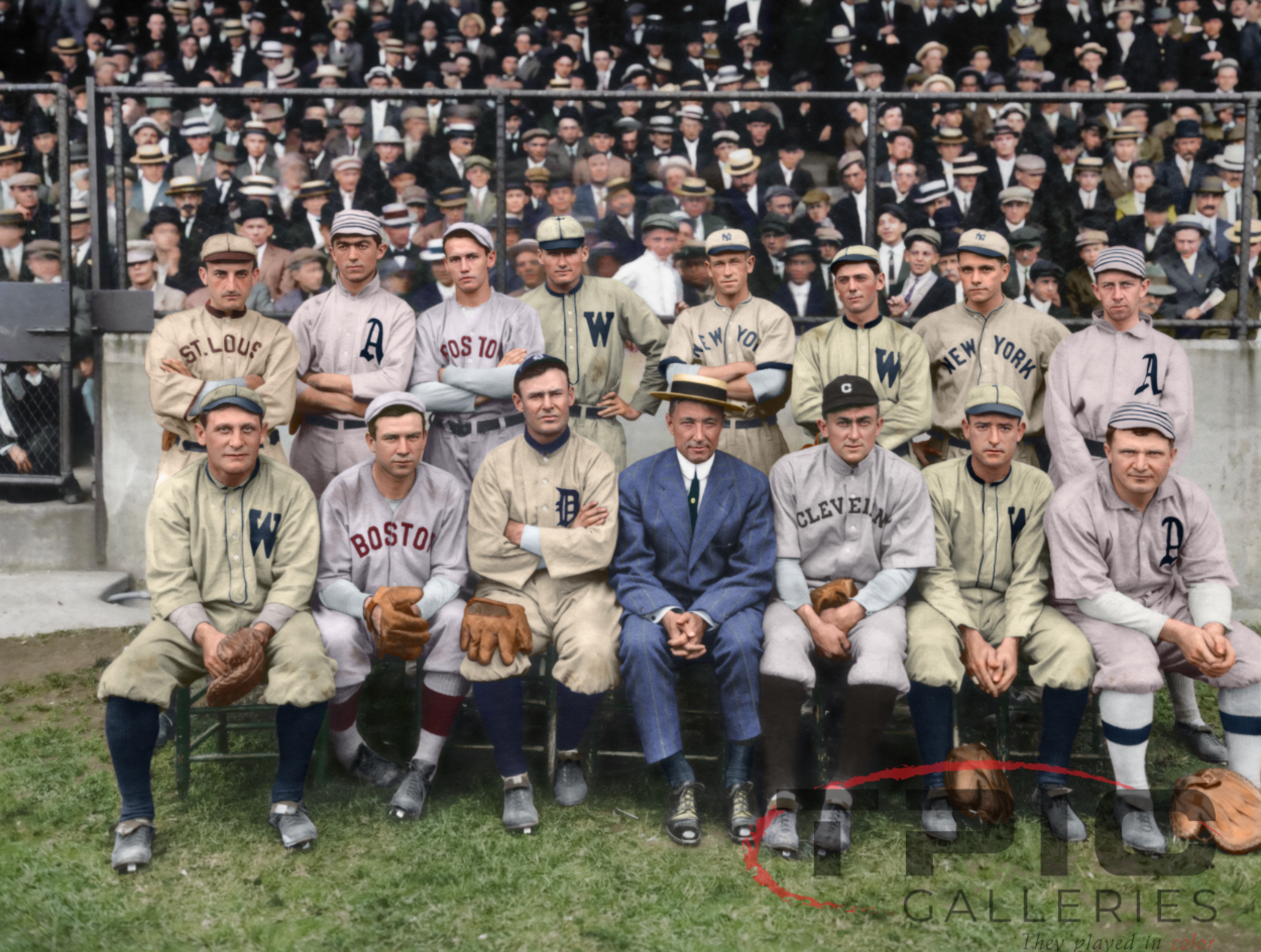
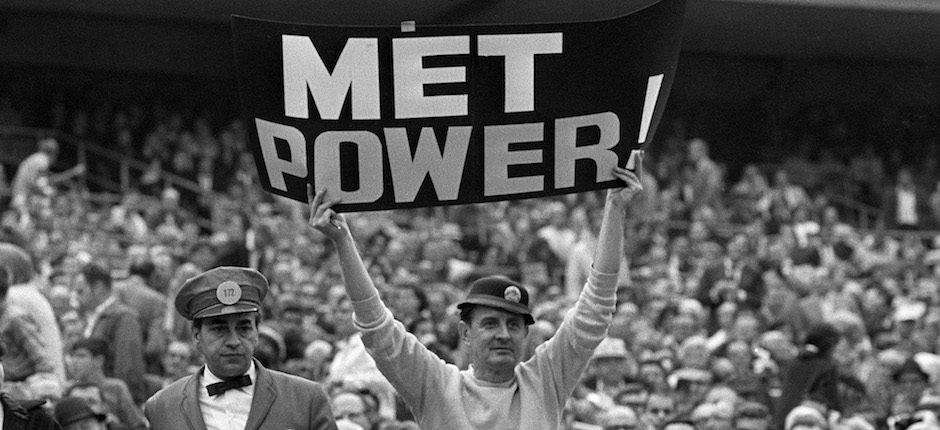
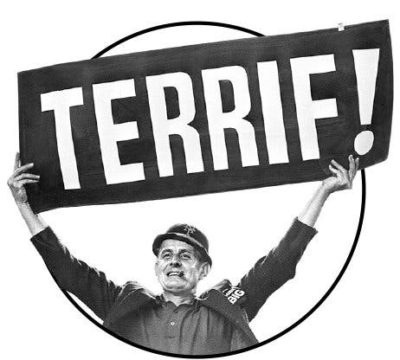
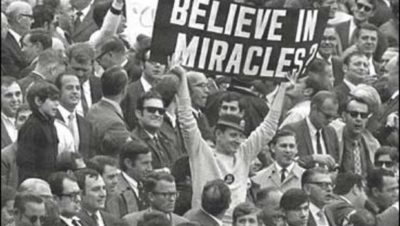
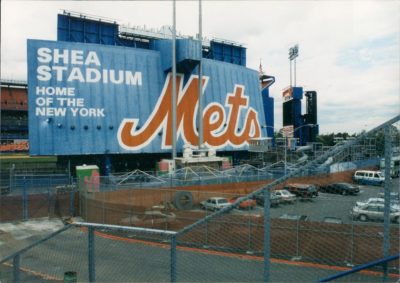
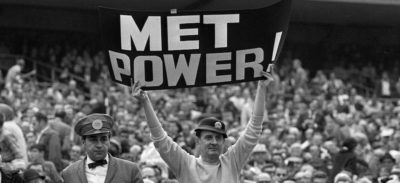
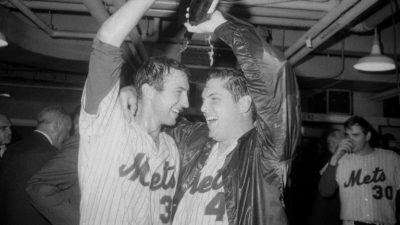
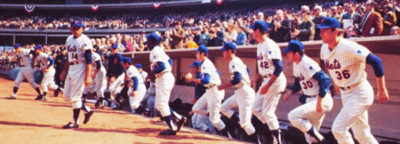
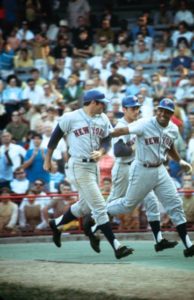
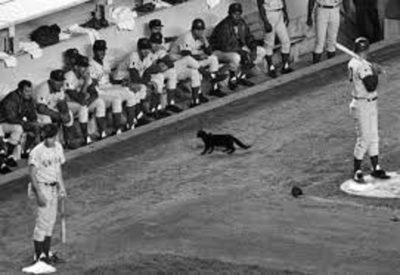
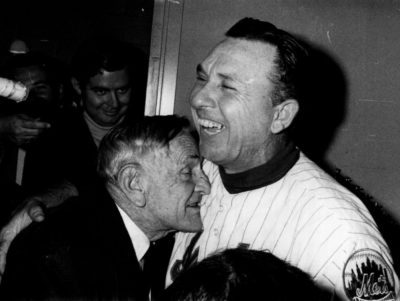
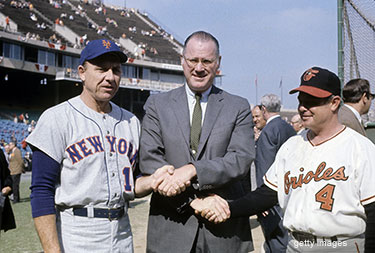
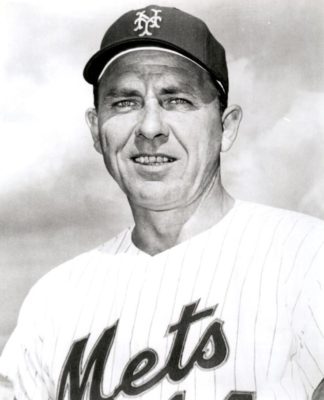
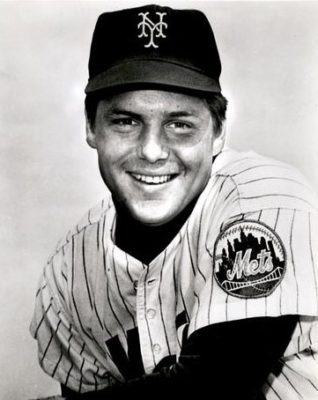
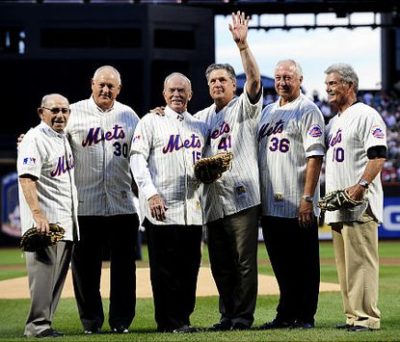

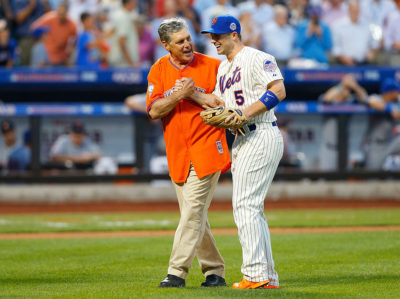
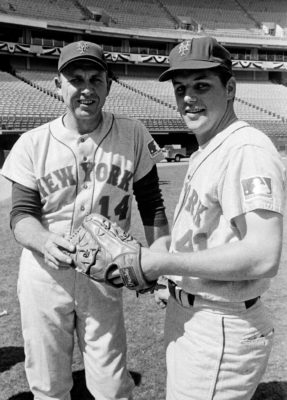
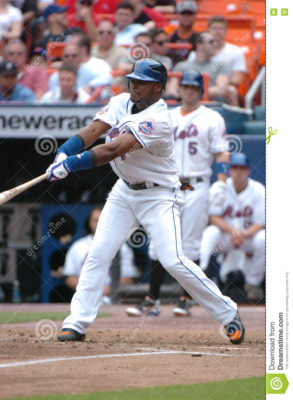
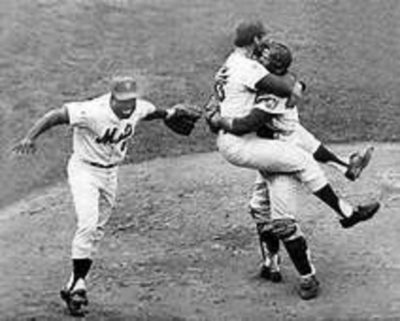
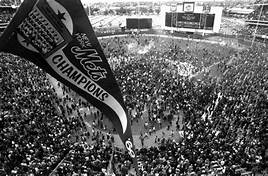
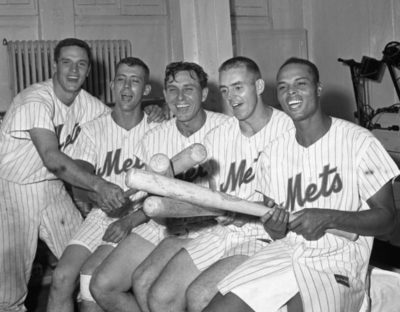
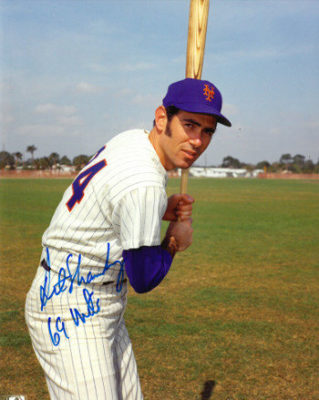
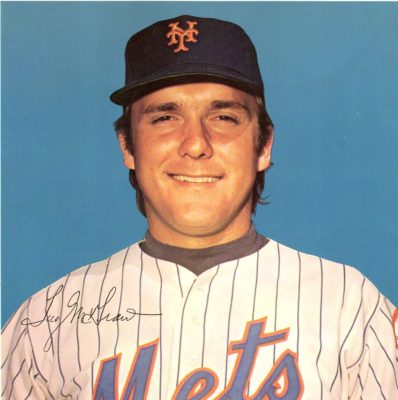
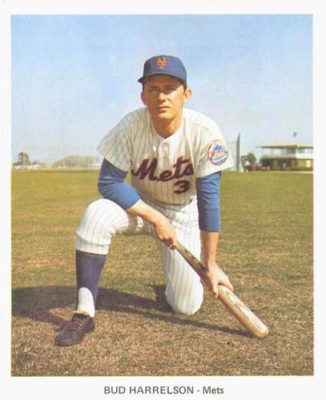
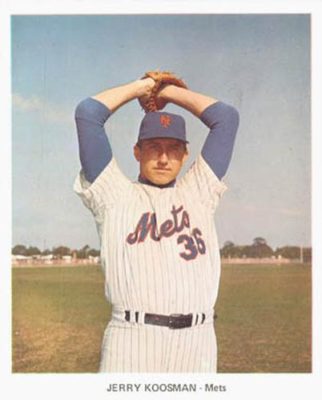
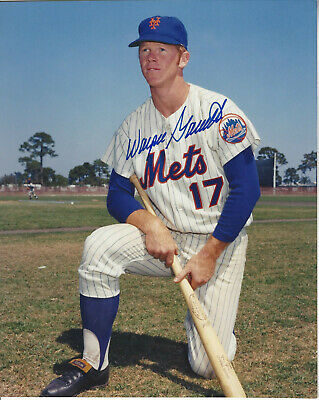
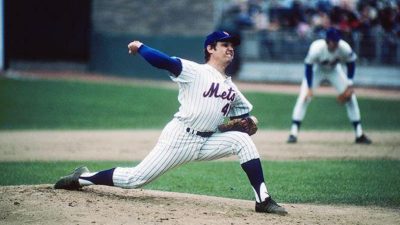
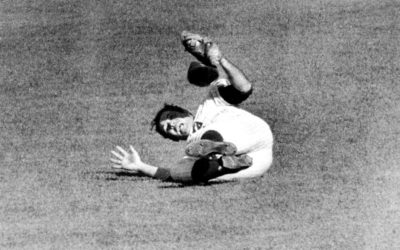
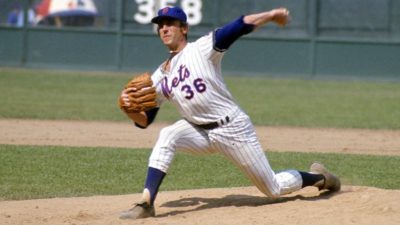
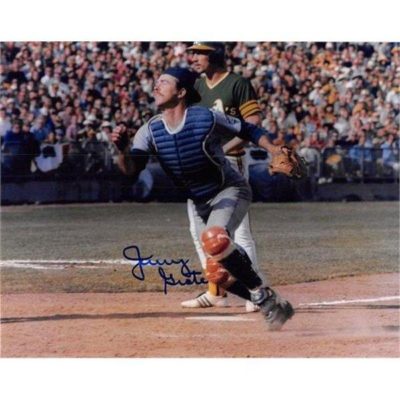
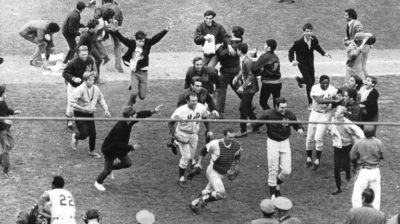
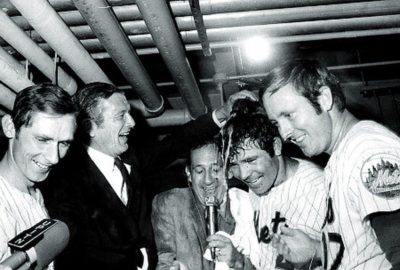

Fun story!
Love it!
Thanks, Jay and Dale–that’s what we intended!
Bill Schaefer